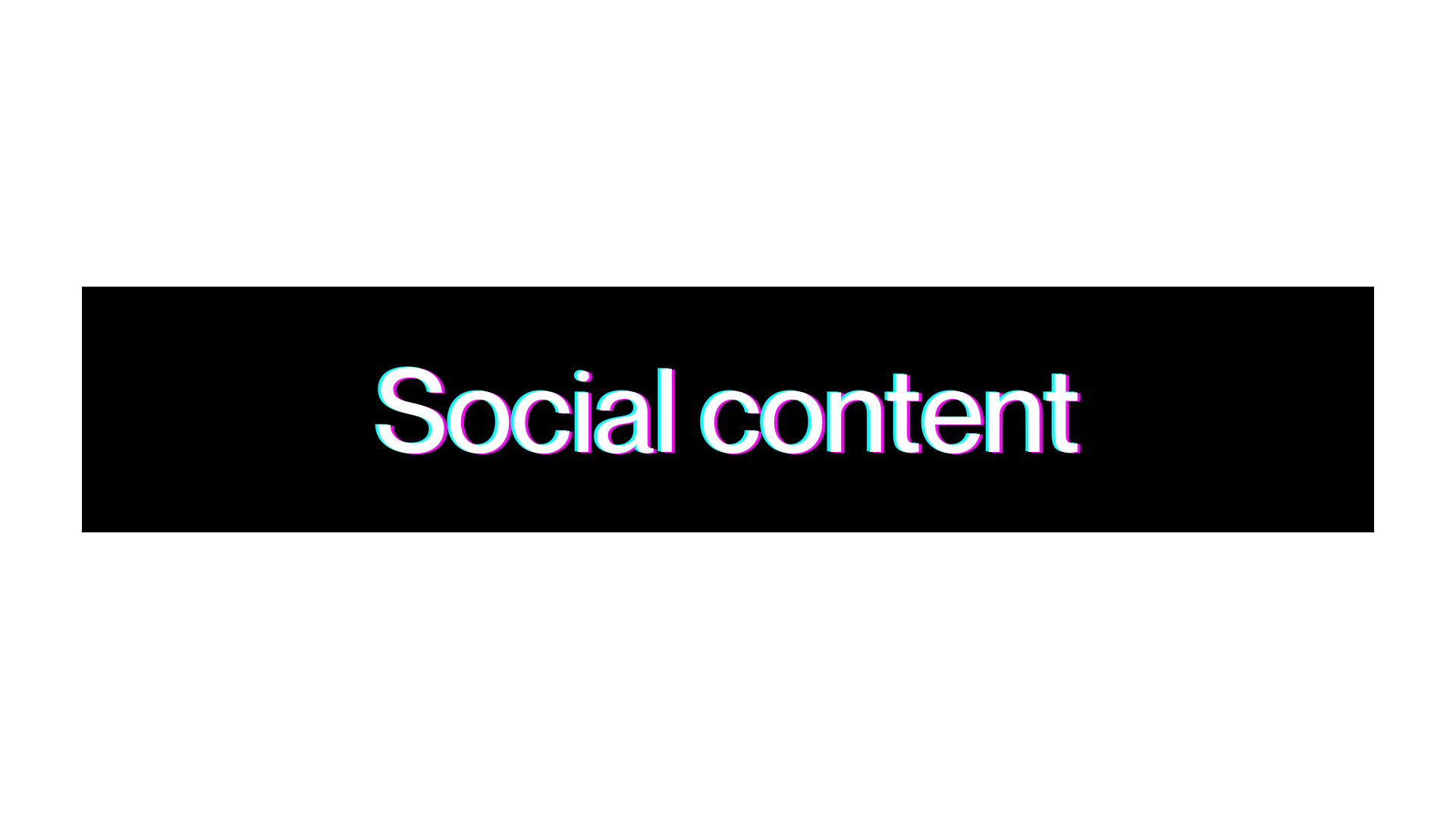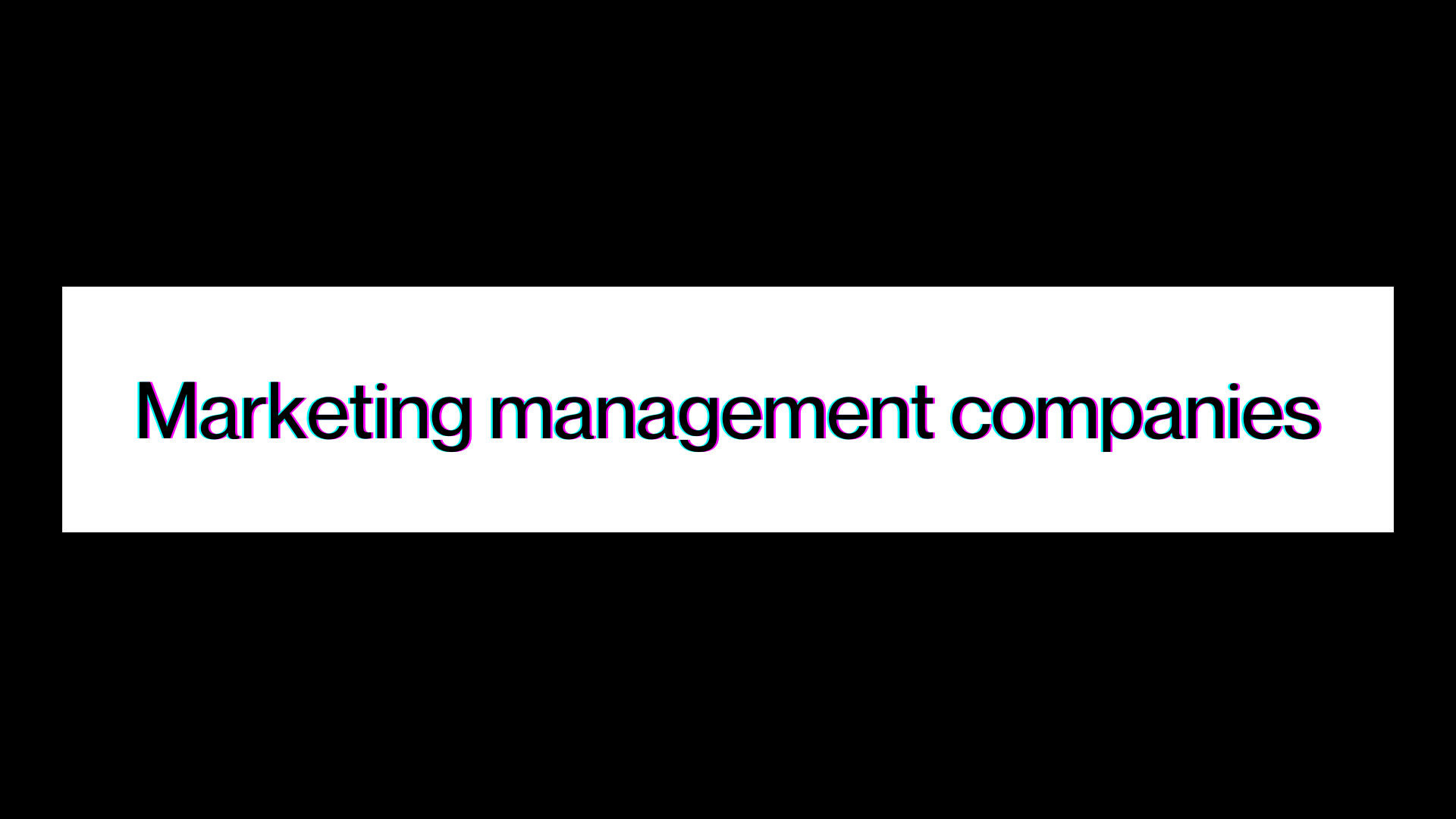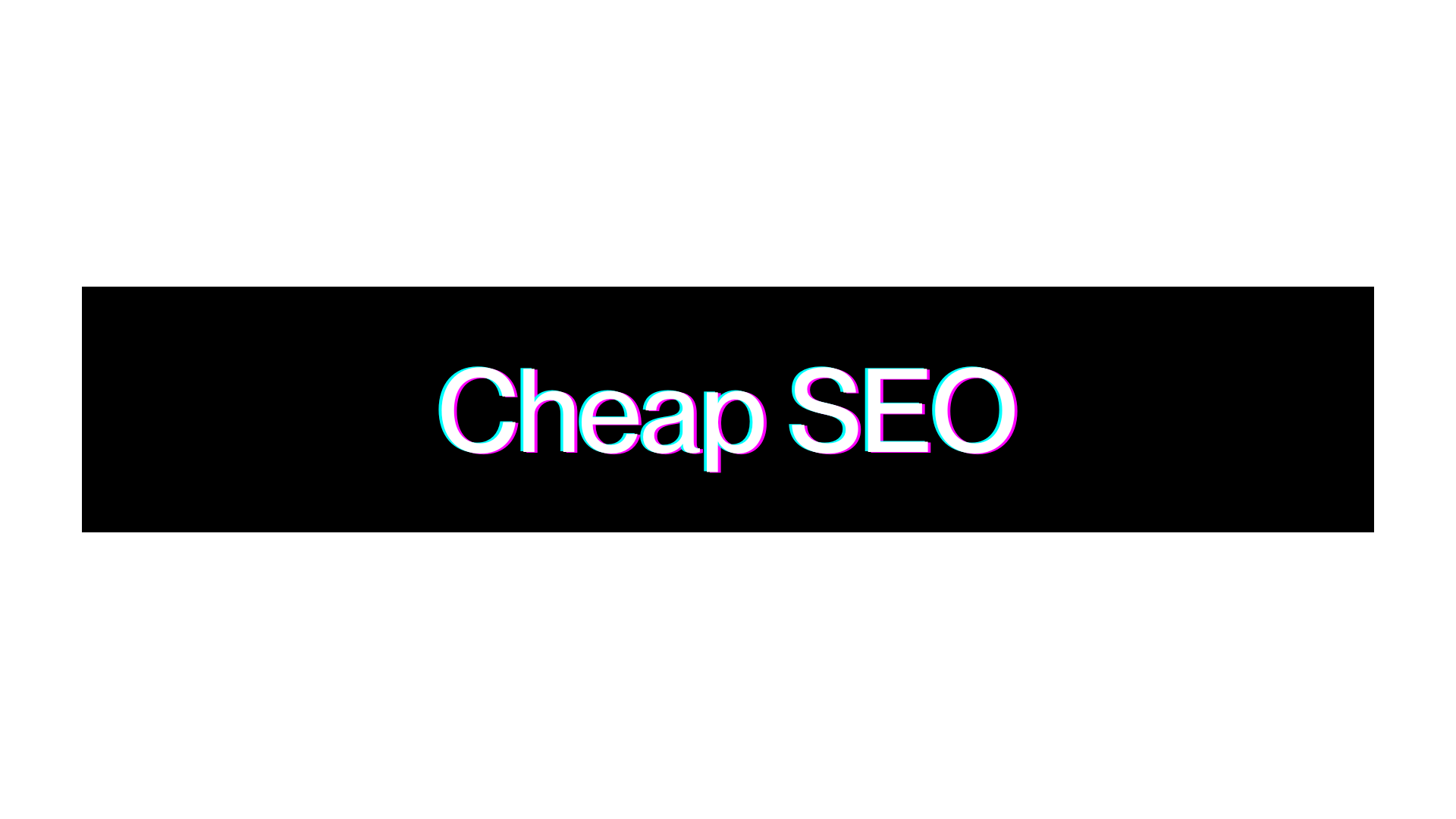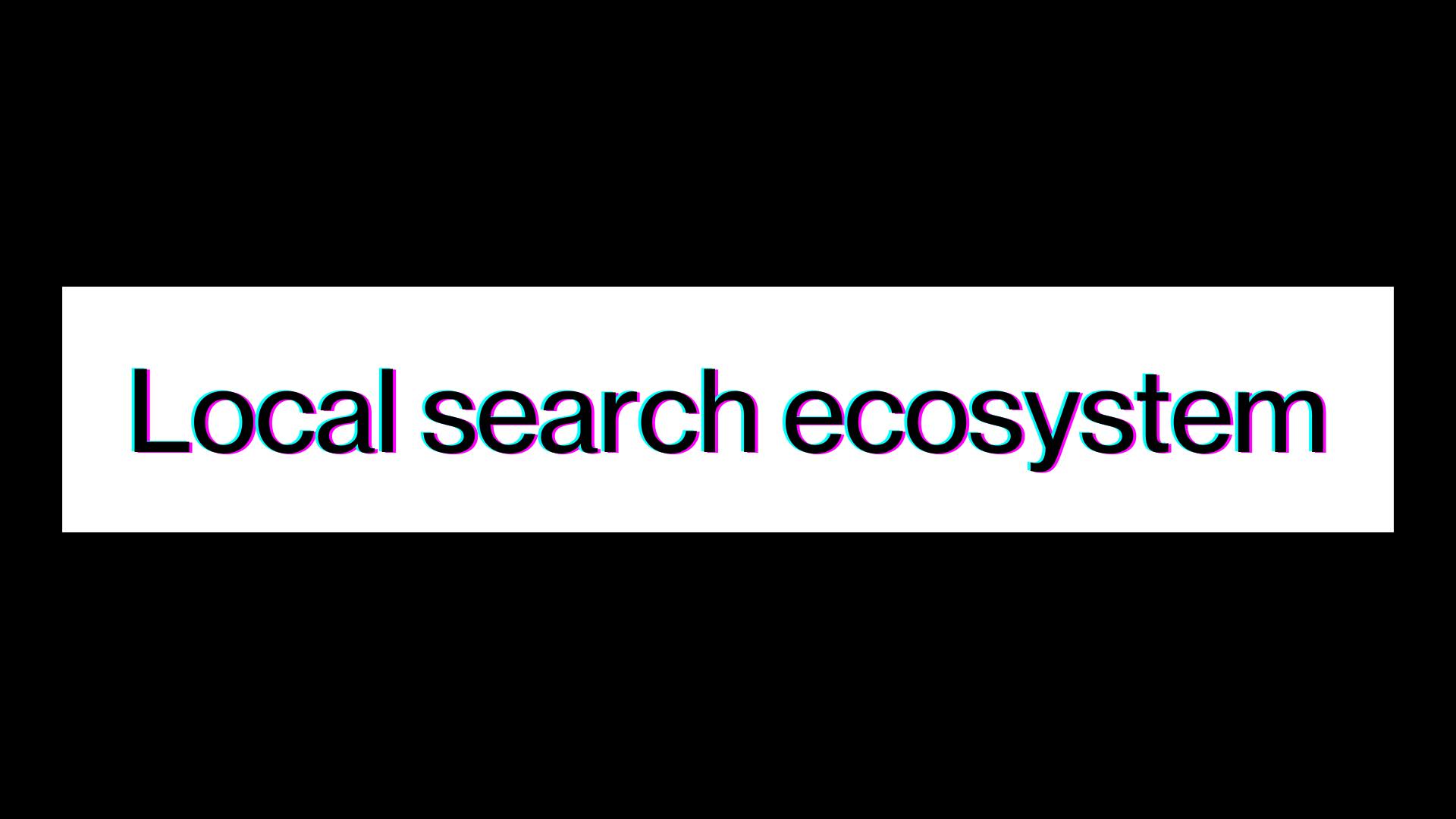Table of contents
- Short on time?
- What content creation means
- Understanding your audience and where they spend time
- Defining a strategic content approach
- The anatomy of high-performing content in 2025
- Tools to streamline your content creation workflow
- From planning to publishing: Building your content engine
- The rise of artificial intelligence in content creation
- The power of user-generated content and community engagement
- Brand-building through content: Showing up with purpose
- Who creates your content matters
- Futureproofing your content strategy
- FAQs
Speed and substance. Content creation for social media isn’t just a skill but a critical function of modern business growth. As platforms change and audiences become more selective, brands must now show up strategically. It doesn't matter if you’re a solo entrepreneur or scaling a mid-sized brand, your digital presence depends on how well you plan, produce, and publish content that connects.
This guide reviews the strategies, tools, and best practices for creating high-impact social media content in 2025.
People trust people more than brands. UGC builds authenticity and trust.
Short on time?
If you only have a minute or two, check out this video summarizing this article:
What content creation means
Social media content creation covers everything from planning Instagram Reels to writing LinkedIn thought pieces, crafting TikTok trends, or organizing a multi-platform launch. In 2025, the bar has risen. Consumers expect more relevance, more value, and more personalization. That means:
Clear alignment between your social content and broader brand goals
Adapting to short attention spans with fast-loading, mobile-first media
Leveraging tools and data to streamline creativity and performance
No matter the format—text, high-quality images, video, audio, carousel, or ephemeral Stories—the objective is to communicate something that matters to your target audience and drives them to engage, convert, or share.
Understanding your audience and where they spend time
Before a single word is written or video recorded, you need to understand who you’re talking to. Audience research forms the foundation of every successful content strategy. This includes demographics (age, gender, location), psychographics (values, interests, beliefs), and digital behavior (what they click, save, and share).
Pair this with platform-specific behaviors. Instagram thrives on visuals and Reels. TikTok rewards authenticity and trends. LinkedIn favors expertise and clarity. Facebook is still viable for groups, local businesses, and older demographics. Pinterest supports ecommerce discovery, especially in lifestyle and fashion.
Matching your message to your audience-platform fit is essential. Many brands also fail in this area—not because their content isn’t “good,” but because it’s being published in the wrong place or to the wrong crowd.
Defining a strategic content approach
An effective social media marketing strategy must be structured yet adaptable. At its core are three things:
Clear business-aligned goals: Know whether your goal is to increase website traffic, generate qualified leads, boost awareness, or nurture community.
Content themes or pillars: Anchor your posts around 3–5 recurring themes—like education, inspiration, community, and product highlights. This gives you structure without sacrificing creativity.
Content formats that align with the funnel: Top-of-funnel content attracts (e.g., trending videos, memes). Mid-funnel content educates (e.g., carousels, infographics, mini-guides). Bottom-funnel content converts (e.g., case studies, reviews, CTAs).
Without such alignment, social content becomes reactive and chaotic. You burn out creating for algorithms rather than people.
The anatomy of high-performing content in 2025
Great content today isn’t a one-size-fits-all output. Instead, it’s a dynamic combination of:
Narrative: The story or message you want to communicate
Format: Visual (image/video), text, or interactive (polls/quizzes)
Timing: When it’s posted—consider time zones, behavior trends, and platform algorithms
Optimization: Using keywords, hashtags, captions, and design elements to further discoverability on the various social media platforms
Take Instagram, for example. A high-performing post might include:
A sharp vertical Reel (<30 seconds) aligned with a trending sound
Overlayed text or captions for silent viewing
A caption that includes a hook, value, and call-to-action
Hashtags that combine niche-specific and broad discovery terms
Other platforms follow similar principles, adapted to context. LinkedIn favors storytelling and professional insight. TikTok thrives on humor, speed, and cultural awareness. Your job is to tailor, not recycle.
Tools to streamline your content creation workflow
You don’t need a massive team to scale your content efforts. What you need are the right tools:
Design: Canva, Adobe Express, Figma
Scheduling: Buffer, Later, Hootsuite
Video: CapCut, Descript, Adobe Premiere Rush
Analytics: Sprout Social, Google Analytics 4, Meta Business Suite
AI tools: Jasper, ChatGPT, Copy.ai (for caption generation, trend insights, ideation)
Use these tools to save time, test, and improve. The best creators are also the best editors. With data-informed creativity, your ideas become more intentional and effective.
From planning to publishing: Building your content engine
Step 1: Brainstorm with purpose
Use brand goals and keyword research to generate meaningful content ideas. Complete a competitor analysis to identify gaps in their website traffic. Use tools like AnswerThePublic, Google Trends, and even Reddit to discover what your audience is asking about.
Step 2: Create a content calendar
Lay out your month in advance. Mix formats—carousels, Reels, lives, UGC, long-form posts—and assign posting dates based on when your audience is most active.
Step 3: Write for people, optimize for platforms
Ensure each post includes a hook, context, value, and CTA. To increase visibility, use hashtags, alt-text, geotags, and cross-posting strategies.
Step 4: Publish and promote
Leverage scheduling tools for consistency. Pair organic content with paid boosts when needed, especially for lead-gen or campaign-specific posts.
Step 5: Measure and iterate
Track KPIs, such as reach, engagement rate, saves, shares, CTR, and conversions. Use this data to refine your themes, formats, and messaging cadence.
The rise of artificial intelligence in content creation
AI is not replacing human creators—it’s accelerating them. In 2025, AI tools can:
Suggest topics based on real-time trend data
Generate captions, hashtags, and even headlines
Analyze your audience’s sentiment and suggest tonal shifts
Help identify your competitors’ most engaging visual content through competitor analysis
The Holdings Co. uses custom AI-driven strategies to help clients personalize their content at scale without losing authenticity. The key is to maintain a strong human editorial layer on top.
The power of user-generated content and community engagement
People trust people more than brands. UGC builds authenticity and trust. Whether it’s a customer review video, an unboxing story, or a client shoutout, social proof drives conversions.
Encourage your audience to participate. Feature them. Run giveaways that reward content creation. Always credit and engage with those who support your brand.
Community engagement goes beyond DMs and comment sections. It includes live Q&As, polls, open-ended questions, and asking for feedback. The more you listen and adapt, the more relevant and valuable content becomes.
Brand-building through content: Showing up with purpose
Don’t create content just to be present. Create content that reflects your brand’s identity, values, and point of view. Share:
Behind-the-scenes content
Thought leadership
Stories of success and failure
Perspectives on industry news
This type of content doesn’t just attract—it retains. It builds community, encourages loyalty, and positions your brand as a trusted resource.
Who creates your content matters
As your brand scales, consider who is responsible for content:
Solo entrepreneurs may benefit from hiring freelancers for specific projects (video editing, copywriting)
Growing teams can hire dedicated social media managers to oversee strategy and execution
Companies with complex needs benefit from partnering with agencies like The Holdings Co., who offer full-stack content creation, SEO integration, and AI-backed growth support
Futureproofing your content strategy
Current content creation for social media is a blend of science and soul. You need structure, tools, and data. But you also need personality, creativity, and courage.
Don’t be afraid to take a stand. Share something imperfect. Experiment. Engage. Content isn’t about being everywhere—it’s about being intentional where it counts.
If you’re ready to discuss your content and marketing plans and key metrics, The Holdings Co. offers custom SEO packages, AI consulting, and digital marketing solutions to help you build smarter, scale faster, and connect more deeply.
Let’s build your brand’s voice together.
FAQs
How can you create good content for social media?
Creating good content for a social media network requires more than just aesthetic visuals or catchy captions. It starts with understanding your audience, aligning content with your business goals, and leveraging the right social media platforms and tools to maintain consistency and quality.
Here’s how to consistently create effective, high-performing content:
Understand your audience:
- Define your buyer personas (age, interests, goals, pain points).
- Use tools like Google Analytics, Meta Insights, or Sprout Social to learn about your target audience and their behavior.
- Identify which platforms your audience uses and how they engage there.
Set clear content goals:
- Determine whether you’re aiming for awareness, engagement, or conversion.
- Engage audiences by aligning each content type with a different stage of the customer journey.
Focus on value, not volume:
- Prioritize solving problems, inspiring, or educating over simply promoting.
- Apply the 80/20 rule: 80% value-driven, 20% promotional.
Incorporate a diverse mix of content formats:
- Short-form video (Reels, TikTok, YouTube Shorts)
- Infographics, quote cards, and carousels
- Stories, polls, and live Q&A sessions
Stay consistent:
- Create and maintain a content calendar.
- Use scheduling tools (e.g., Buffer, Hootsuite) to plan and post reliably.
Evaluate performance regularly:
- Measure social media metrics such as reach, engagement rate, link clicks, saves, and shares.
- Use insights to tweak formats, timing, or tone as needed.
What is the 5-5-5 rule on social media?
The 5-5-5 rule is a content balance framework that helps guide social media engagement, especially for small business owners and creators who manage their own content.
Here’s how it breaks down:
Every week, aim to post 5 original pieces of content
Examples:
- Instagram carousel about a product
- TikTok tip or hack video
- LinkedIn thought leadership post
- Behind-the-scenes story
- Infographic from a blog post
Share 5 pieces of curated content
Examples:
- A relevant industry article
- A customer spotlight or testimonial
- A trending video with brand commentary
- Partner content
- UGC (User Generated Content)
Engage with 5 other creators or brands
Examples:
- Commenting on a post
- Sharing someone else’s story with your thoughts
- Participating in industry Twitter chats
- Quoting a LinkedIn post
- Congratulating peers or partners on a milestone
Benefits of this rule:
- Keeps your feed fresh with creative ideas without burning out
- Builds relationships with your audience and peers
- Balances brand voice with community and value
What are the 5 Cs of content creation?
The “5 Cs” serve as pillars for evaluating and improving every piece of content you publish on social media. Whether you’re writing a caption or producing a long-form video, each “C” ensures your content delivers impact.
Clarity:
- Every message should be easily understood.
- Avoid jargon unless your audience expects it.
- Be specific and to the point—attention is limited.
Consistency:
- Maintain a regular posting schedule.
- Use consistent tone, visual branding, and messaging.
- Helps build familiarity and trust with your audience.
Creativity:
- Stand out with storytelling, humor, visual flair, or unique angles.
- Don’t just copy what others are doing—find your brand voice.
- Experiment with formats (e.g., interactive quizzes, animations, polls).
Conversation:
- Encourage dialogue through CTAs and open-ended questions.
- Respond to comments and DMs promptly.
- Host AMAs (Ask Me Anything) or live events to deepen engagement.
Conversion:
- Align content with specific goals (traffic, leads, sales).
- Include clear CTAs (link in bio, DM us, swipe up).
- Measure conversion performance to improve future content.
Pro tip: Audit your recent posts against the 5 Cs to identify areas for improvement.




